January, 17 2024 | Silvana Jakupovic, ND
The Dawn of a New Era in Fashion
In recent years, the fashion industry has witnessed a transformation that intertwines style with sustainability. This change is driven by an acute awareness of environmental concerns and a desire for eco-friendly alternatives. Among the vanguards of this revolution is Mushroom Fashion, a groundbreaking concept that is reshaping our understanding of sustainable fashion.
Mushroom Fashion: A Sustainable Revolution
Mushroom Fashion, leveraging the wonders of mycelium textiles, is at the forefront of eco-conscious design. Mycelium, the root-like structure of fungi, is cultivated to create innovative textiles that are beautiful and biodegradable. These mushroom fabrics are emerging as a sustainable alternative to synthetic fibres, commonly derived from petrochemical sources.
Creating fashion fabrics from mushrooms involves a fascinating and innovative process that transforms the mycelium into a textile. The journey begins with the cultivation of mycelium, which is grown in a controlled environment on a substrate of organic materials like sawdust or agricultural waste. This growth process is relatively rapid, taking only a few weeks, and is highly sustainable, requiring minimal resources. Once the mycelium has grown sufficiently, it's harvested and processed.
During processing, the mycelium is treated and compressed to enhance its durability and texture, resulting in a material that can mimic the properties of traditional leather. This material, often called mushroom leather, is dyed, cut, and treated further to meet the specific aesthetic and functional requirements of fashion designers. The final product is a versatile, eco-friendly fabric used in various fashion items, from clothing to accessories, offering an innovative and sustainable alternative to traditional textiles.
The Environmental Benefits of Mycelium Textiles
Mycelium textiles offer significant environmental benefits. As a naturally occurring organism, mycelium requires minimal growth resources, making it a highly sustainable material. These textiles are not only made from biodegradable materials but are also petrochemical-free, reducing the reliance on non-renewable resources. This aspect is crucial for a more sustainable and eco-friendly style.
Cultivating mycelium for textiles has a minimal environmental footprint; it requires far less water and land than animal agriculture and avoids the greenhouse gas emissions associated with livestock. Furthermore, mycelium textiles are biodegradable, breaking down harmlessly into the environment at the end of their lifecycle, unlike plastics and other synthetics that contribute to landfill and ocean pollution.
From an animal welfare perspective, mycelium-based fabrics provide a cruelty-free alternative to animal leather. This shift reduces the demand for animal hides and challenges the ethical implications of using animal-derived materials in fashion. By embracing mycelium textiles, the fashion industry can reduce its ecological impact and move towards a more humane, sustainable future.
High-profile Designers Embrace Mushroom Fashion
The allure of Mushroom Fashion has not gone unnoticed by high-profile designers. Many are integrating mushroom leather and other mycelium-based materials into their fashion collections, showcasing the potential of these eco textiles in high fashion. This adoption by renowned designers marks a pivotal moment in the evolution of fashion trends, signalling a shift towards greater ethical fashion and sustainability.
Mushroom fabrics, derived from mycelium and other fungal materials, have garnered interest from several pioneering designers and brands in the fashion industry. Here are some notable examples:
1) Stella McCartney: A trailblazer in sustainable fashion, Stella McCartney has been experimenting with mushroom leather, specifically Mylo, a material developed from mycelium. Her work showcases how high fashion can embrace sustainable materials without compromising style.
2) Hermès: In collaboration with MycoWorks, a biotechnology company, Hermès created a version of its iconic Victoria bag using Fine Mycelium, an innovative material resembling leather but derived from mushroom roots.
3) Bolt Threads: This biotech company has collaborated with multiple designers, including Stella McCartney, to create garments using Mylo. Bolt Threads is known for its pioneering work in developing sustainable materials like mushroom leather.
4) Adidas: In its commitment to sustainability, Adidas has explored using mushroom leather in its products. The company aims to reduce the use of virgin plastics and switch to more sustainable materials in its footwear and apparel.
5) Lululemon: Known for its athletic wear, Lululemon has invested in developing sustainable materials, including mushroom-based fabrics, as part of its commitment to environmental responsibility.
6) Kering Group: The luxury fashion conglomerate, which includes brands like Gucci, Saint Laurent, and Alexander McQueen, has shown interest in sustainable materials, including mushroom leather, for use in future fashion collections.
These designers and brands are part of a growing movement in the fashion industry that prioritizes sustainability, showcasing how innovative materials like mushroom fabrics can be integrated into luxury and everyday wear, pushing the boundaries of eco-friendly and ethical fashion.
The Impact on the Fashion Industry
Integrating mushroom fabric into mainstream fashion is a testament to the industry's commitment to environmental responsibility. This shift highlights a growing trend among consumers and designers to prioritize eco-fashion and sustainable design. It's a movement that goes beyond mere fashion innovation; it's about positively impacting the fashion and environment equation.
Style and Sustainability: A Harmonious Blend
Mushroom fashion beautifully marries style and sustainability. It proves that fashion can be both aesthetically pleasing and environmentally responsible. This harmony is a testament to the advancements in textile technology, allowing designers to create stunning pieces without compromising ethical values.
The Future of Fashion: Eco Fabrics and Beyond
Looking ahead, the role of mushroom fashion in shaping the future of fashion is undeniable. As more designers and brands embrace these sustainable materials, we can expect to see a continued rise in eco-style trends. This evolution not only represents a shift in fashion collections but also in consumer attitudes towards green fashion and sustainable living.
A Step Towards a Greener Future
The rise of mushroom fashion is more than a fleeting trend; it's a significant step towards a more sustainable and eco-conscious world. As we continue to explore the possibilities of eco-fabrics like mushroom leather and mycelium textiles, we pave the way for a fashion industry that is not only fashion-forward but also kind to our planet. The harmonious blend of fashion innovation and environmental stewardship is not just the future of fashion; it's the future of a more sustainable and ethical world.
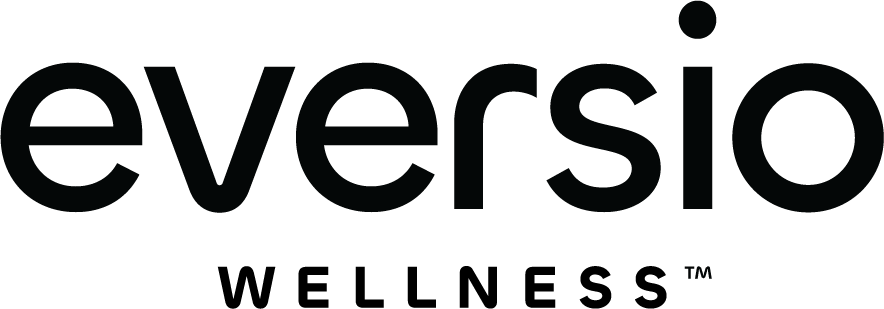
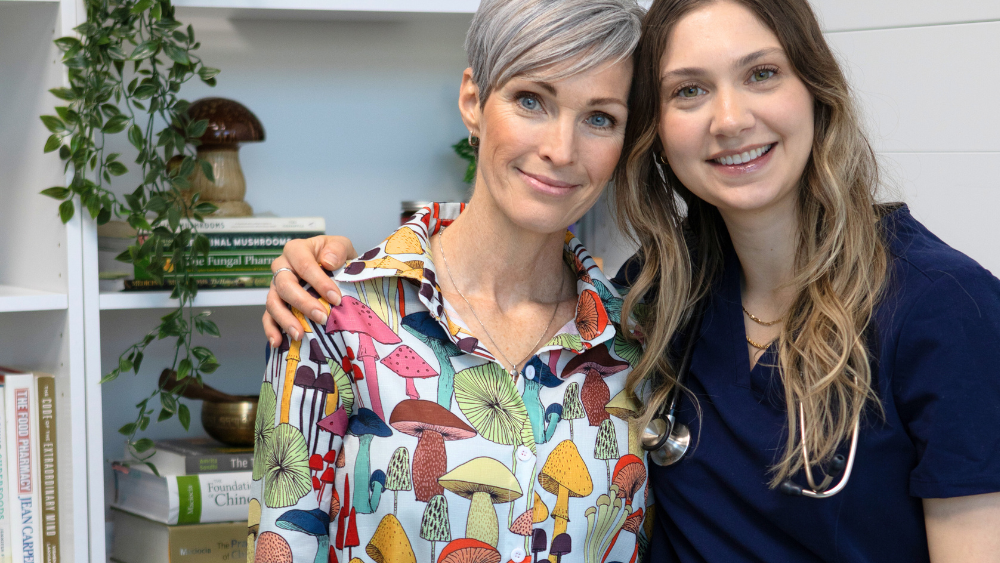
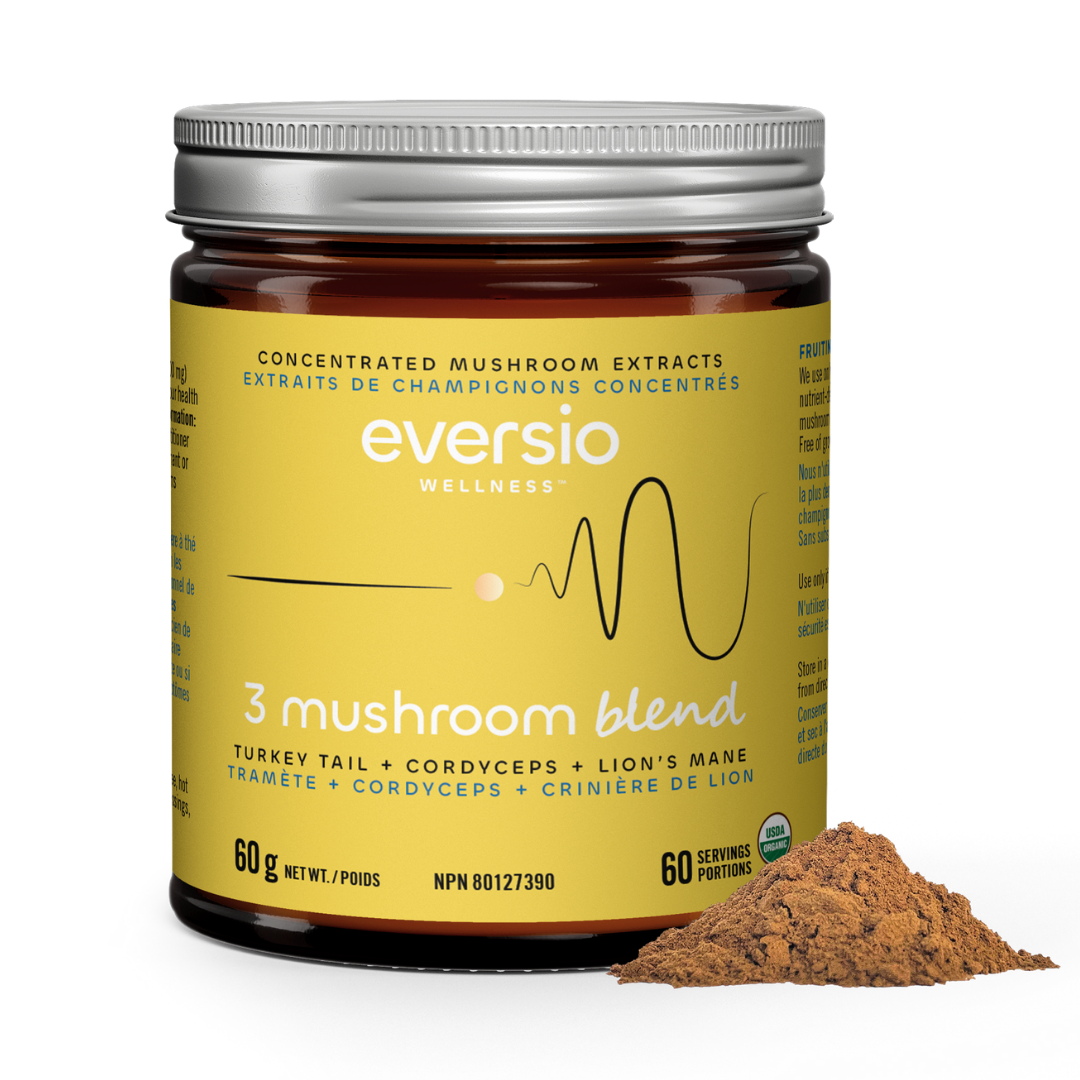
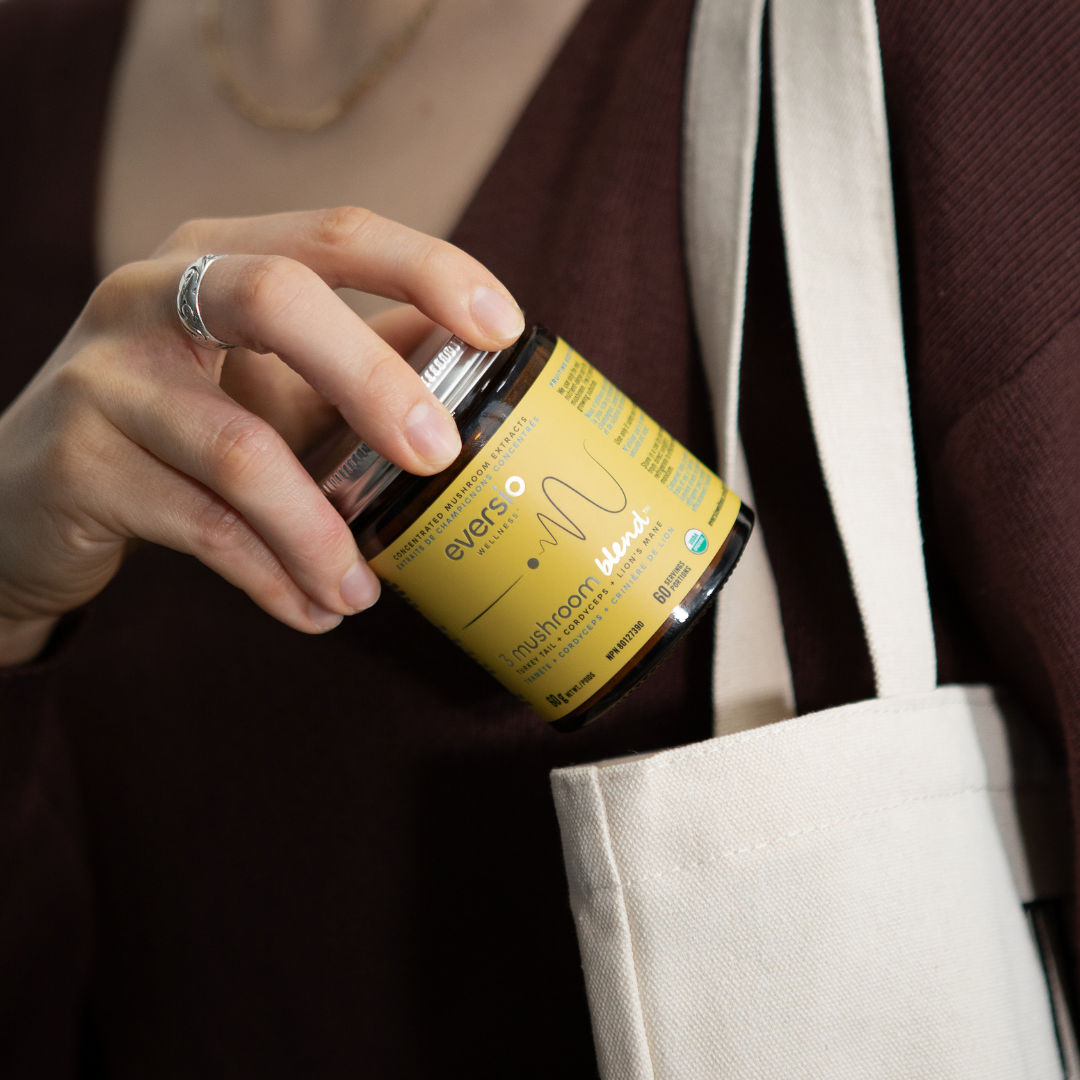
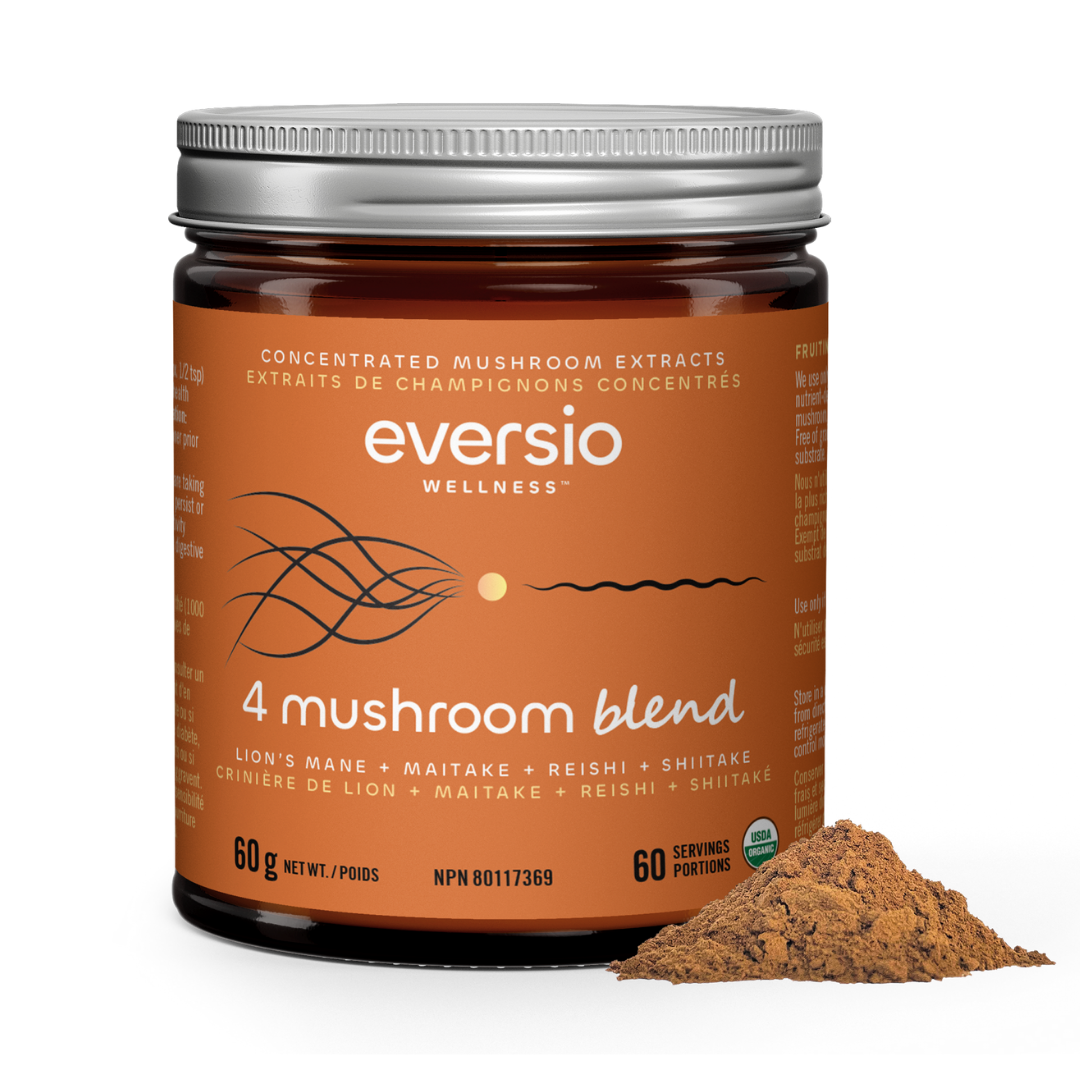
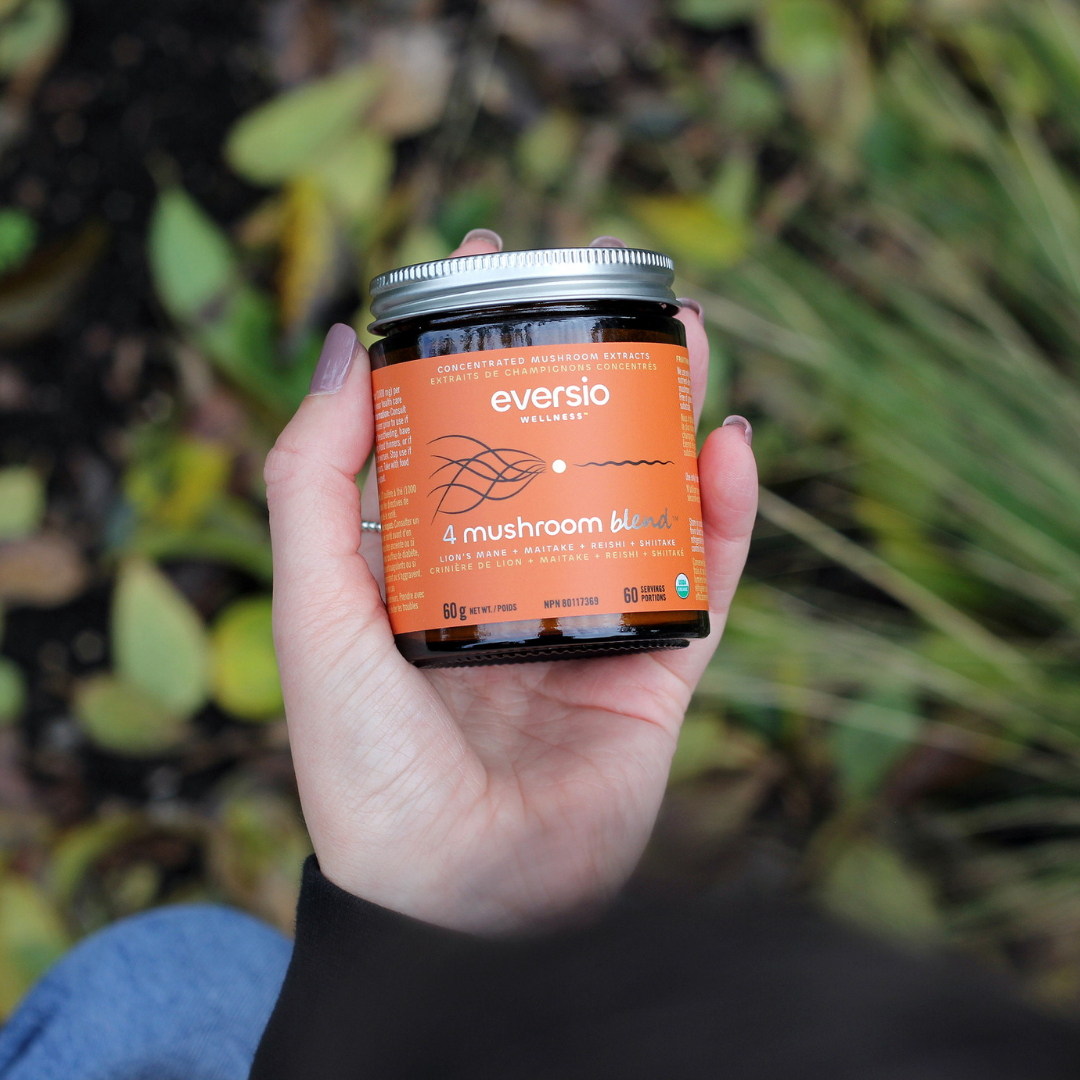
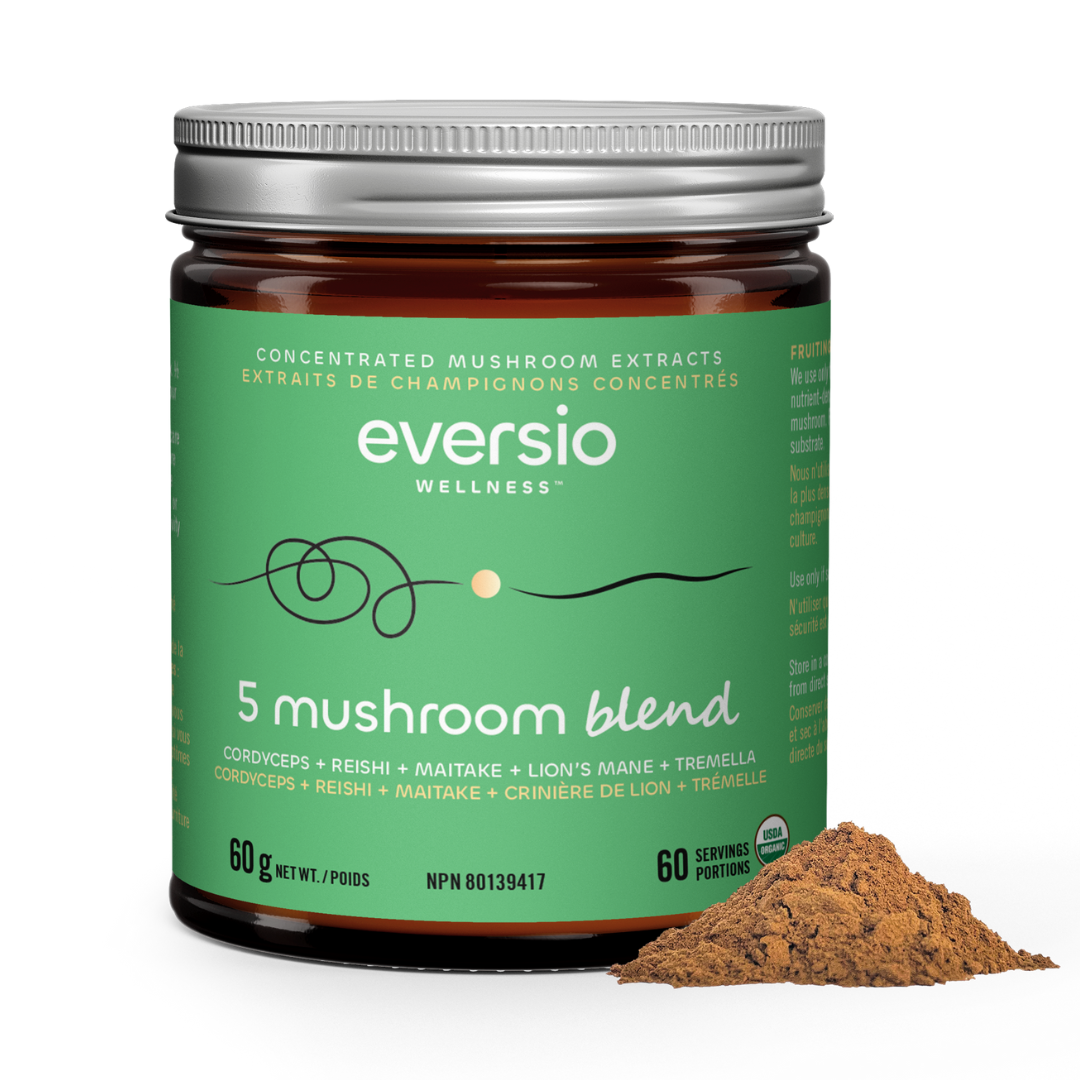
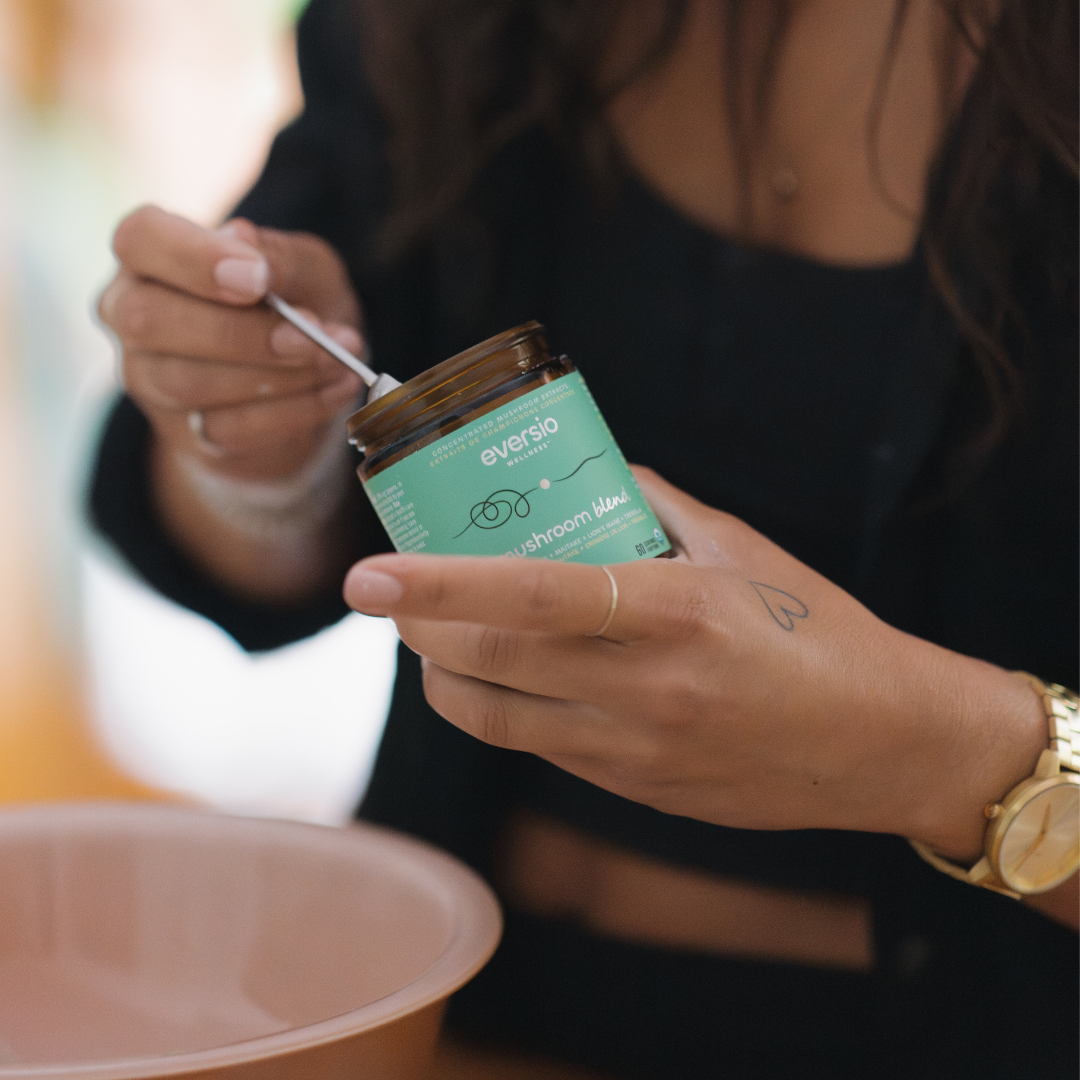
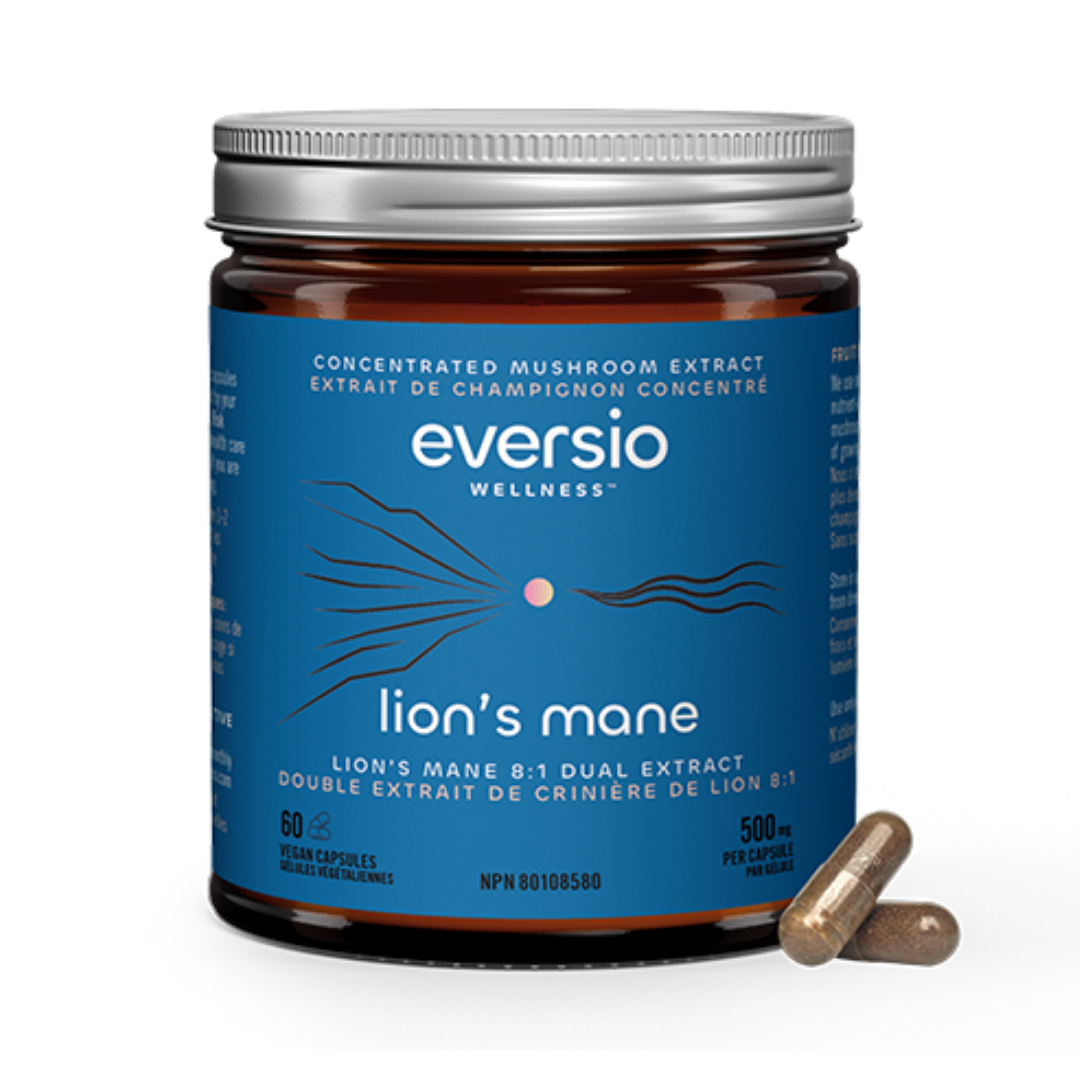
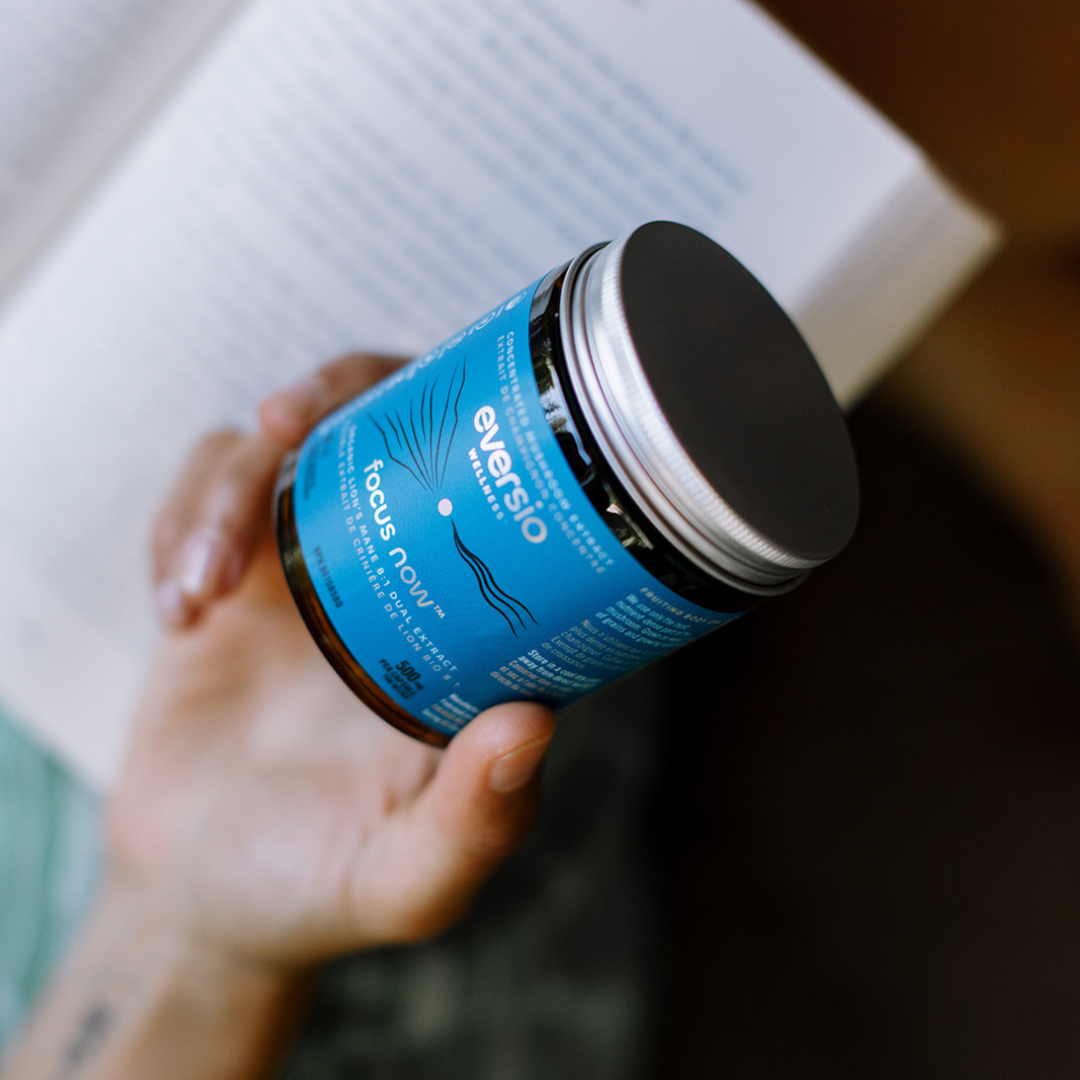
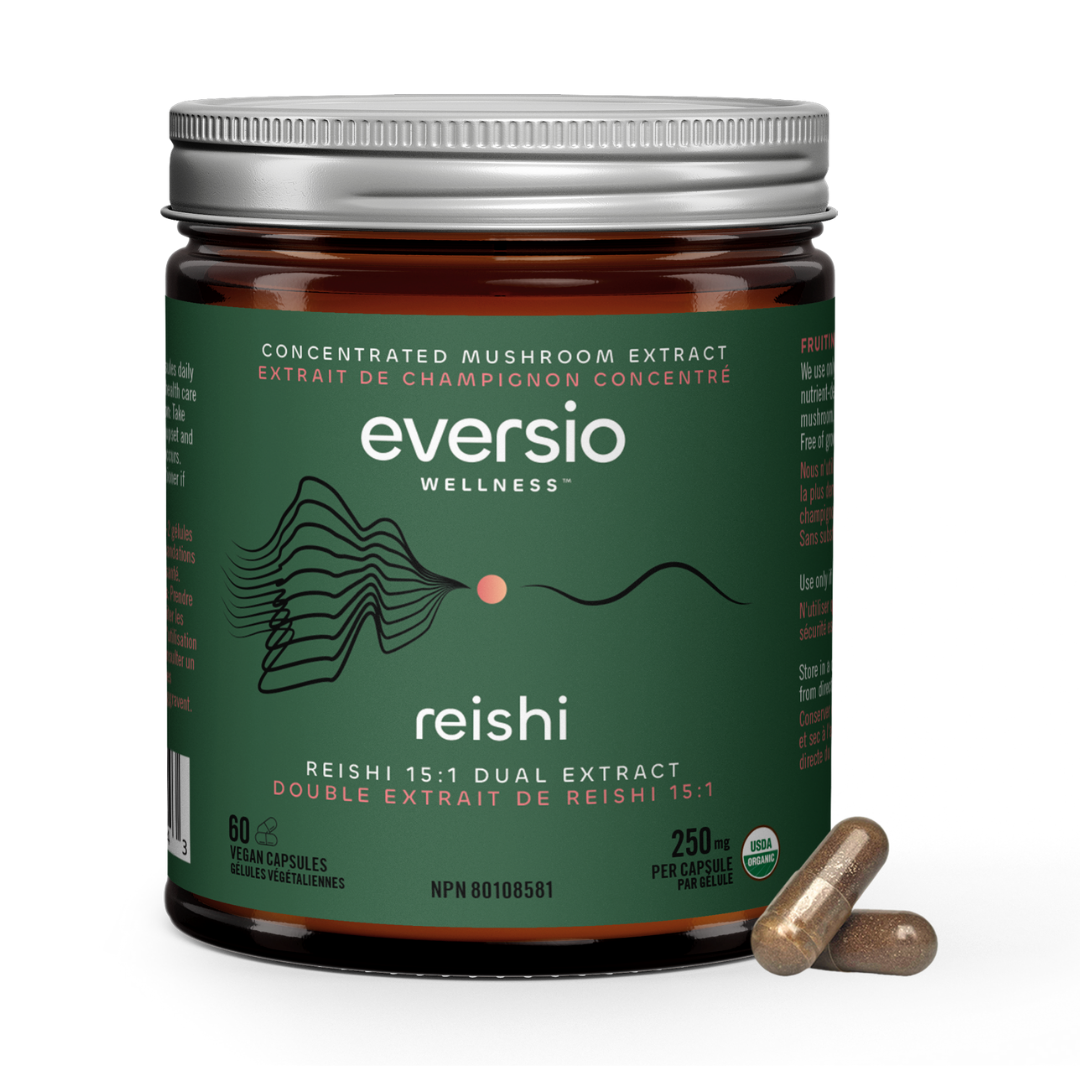
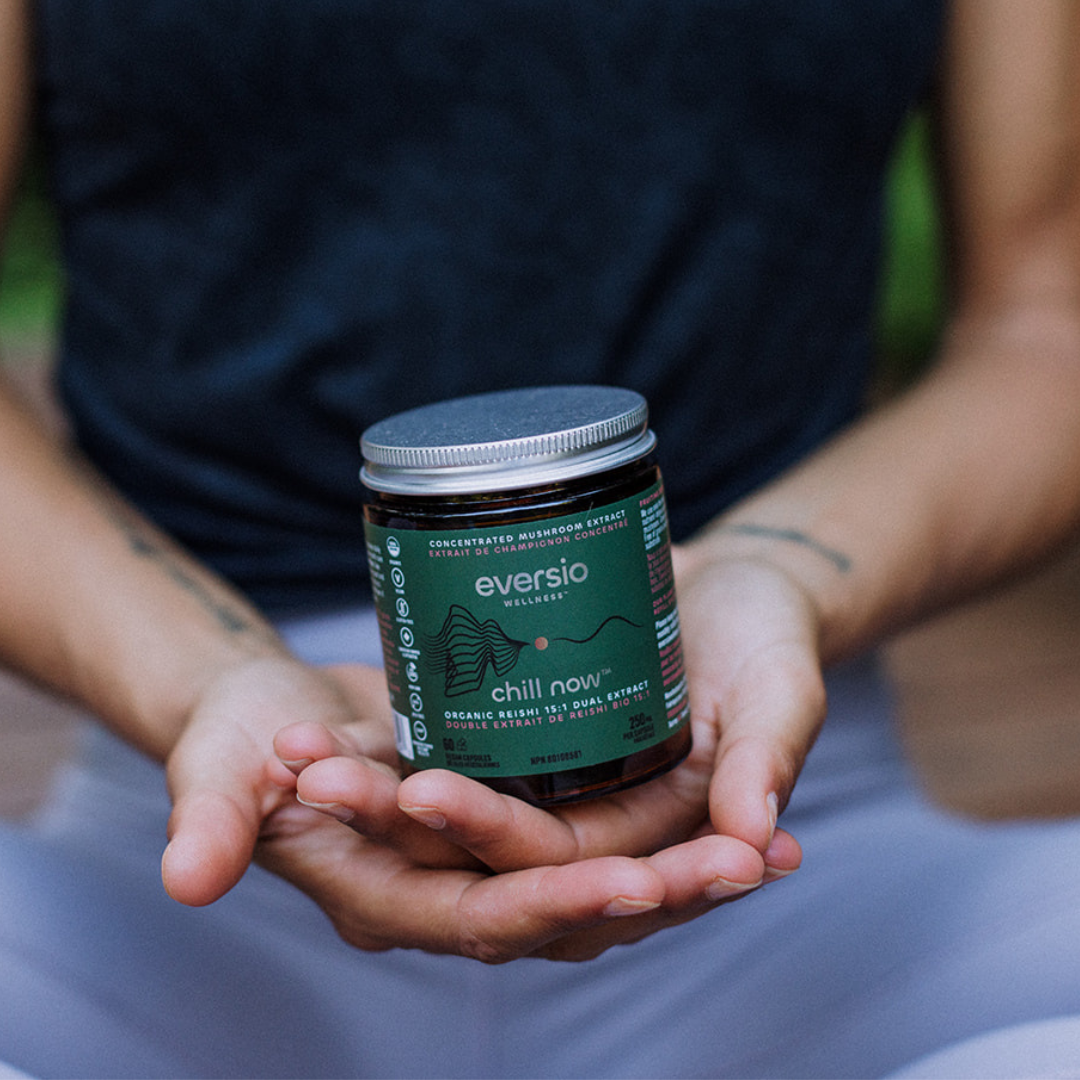


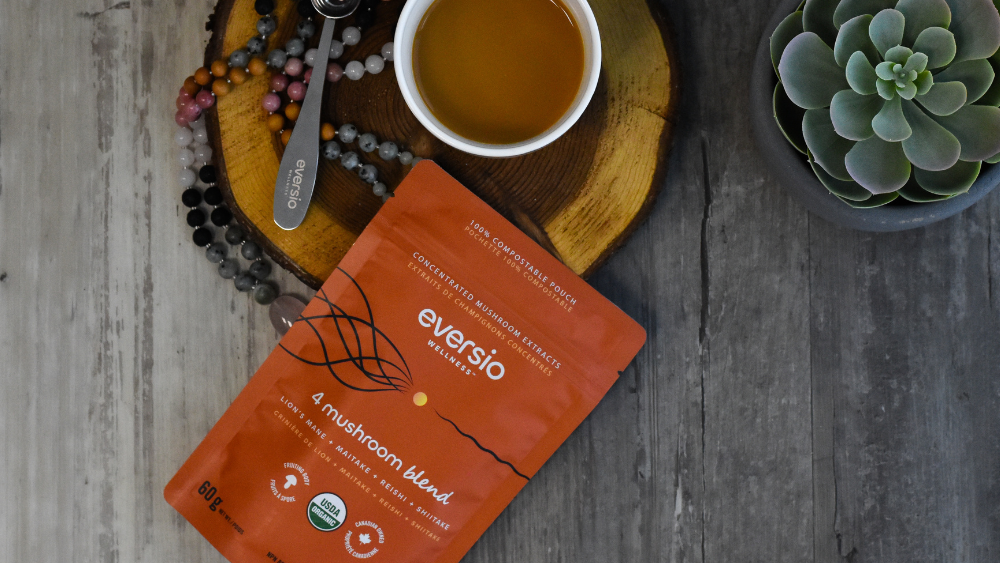


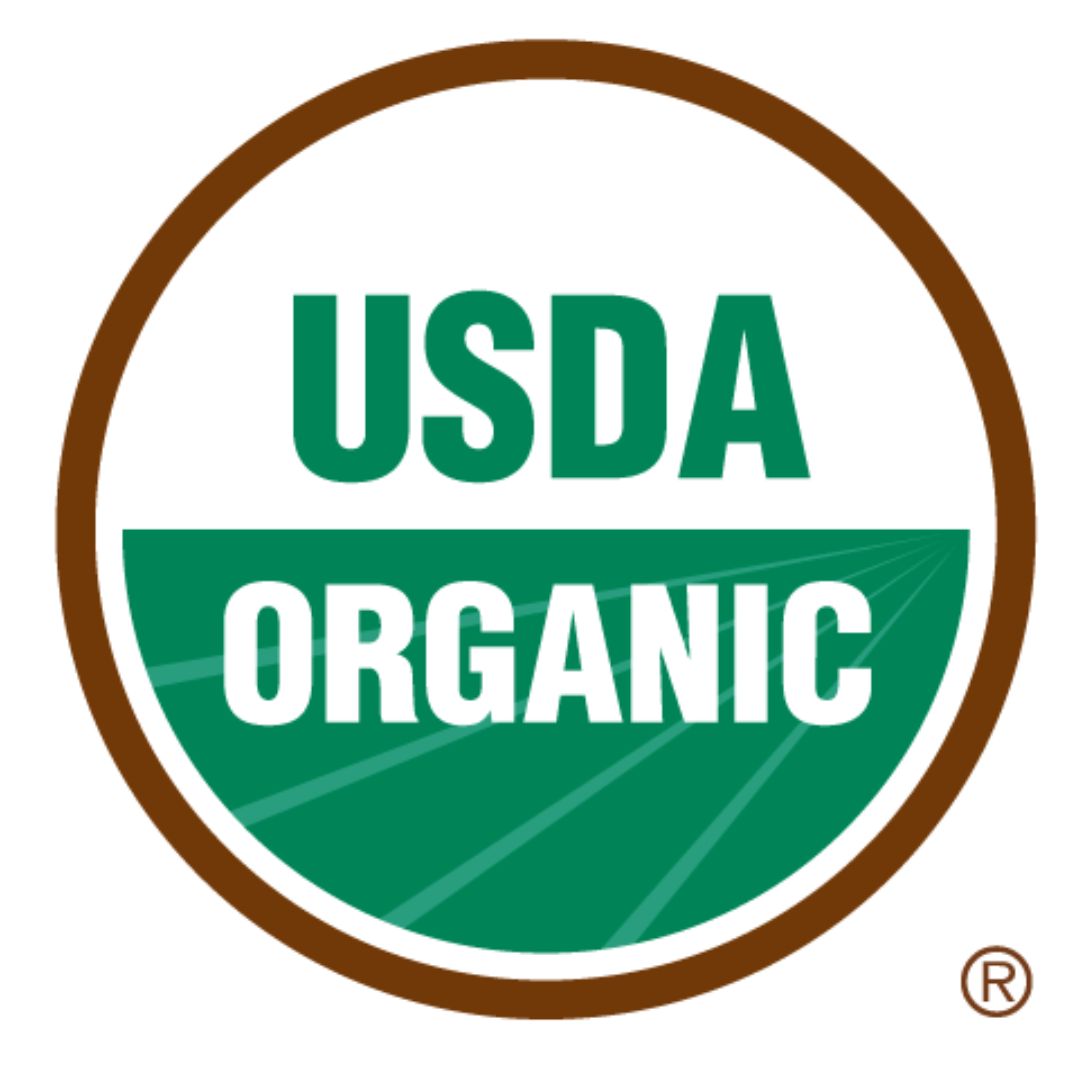


Leave a comment
All comments are moderated before being published.
This site is protected by hCaptcha and the hCaptcha Privacy Policy and Terms of Service apply.